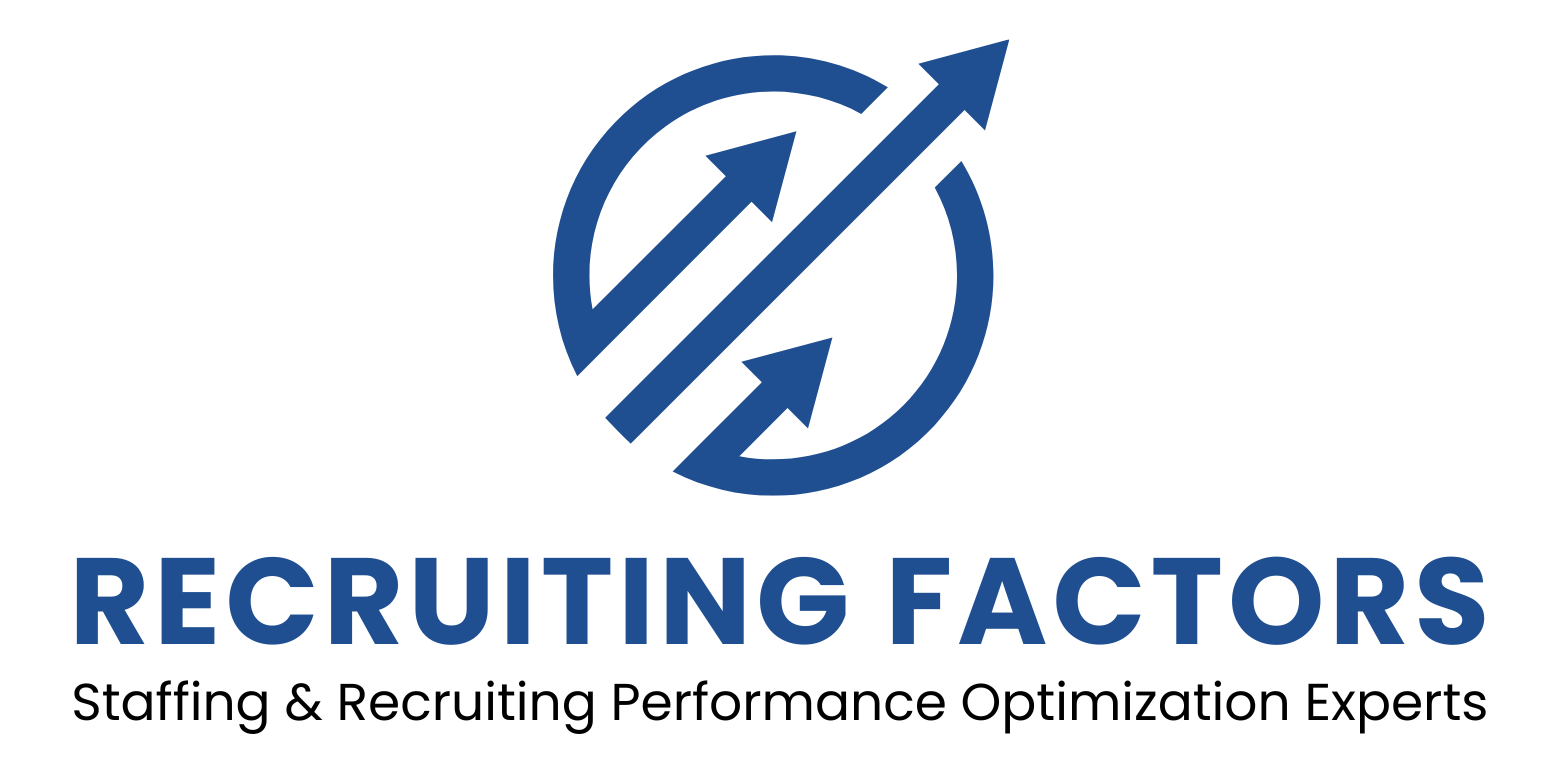When was the last time you heard a job seeker rave about their experience applying for a position at your company?
60 percent of job seekers quit in the middle of filling out online job applications because of their length or complexity. – CareerBuilder
In the name of compliance and really for fear of being audited, many talent acquisition leaders have instituted job seeker barriers that result in their abandoning the application process.
Four Stages of the Candidate Application Process
There are four stages candidates go through during the recruiting process, and they have nothing to do with ethnicity, veteran status, religion or anything more than a human being who “potentially” is interested in learning more about a position, they are:
1) Job seeker (passive and active)
2) Applicant
3) Candidate under consideration
4) Future employee being onboarded
Stakeholders that are charged with the recruitment of talent for their organization expect job seekers to provide personal, privileged, and often sensitive information in advance of becoming a candidate under consideration. Even at this stage it is still premature to force candidates to provide anything more than information on why they should be considered a great candidate for the position in question.
No, you cant have my social; we just met!
During the job seeker and applicant stage being required to provide any more detail than is already in their resumes or LinkedIn profile is not justified. It boggles my mind the number of safeguards Fortune 1000 and SMB’s have instituted in the name of compliance, and the inaccuracy of how and when specific job seeker information should be requested.
I am speaking from first-hand experience as the prior recruiting executive for a national Staffing firm that placed over 100+ contractor and FTE’s monthly and successfully passed an OFCCP compliance audit!
It is a little presumptive to expect job seekers to provide detailed form driven answers to questions when all they really want to do is speak with the person responsible for recruiting on the position to learn more about it. Online job descriptions provide limited insight on the position, information that the recruiter should know in order to screen, qualify and recruit the best talent for their companies. When the number one challenge is how to attract, retain and recruit the top talent nationally, why would companies create firewalls between themselves and candidates. Surely their competition understand that they must proactively recruit and not create hurdles that job seekers must jump through.
When a job seeker comes across a job description that has appealed to them and is ready to take the next step by applying, it is simply ludicrous to force them to provide personal information when they havent even spoken with someone about what the job really entails.
Make the job seeker experience the number one priority. How? By making it easy to apply, this includes using any type of mobile device and easing the job seeker through the end-to-end application process. If this process is executed strategically conversion ratios increase dramatically. This requires a seamless experience and integration between your HRIS, ATS, and CRM applications and all public facing job seeker attraction online communities.
45 percent of employers DO NOT offer an option to apply using a mobile device. –CareerBuilder
Keeping in Compliance Without Alienating Potential Candidates
Real recruiting and talent acquisition is a contact sport and requires anyone responsible for recruiting to have access to the best talent. This is largely hindered when the job seeker experience is not thoughtfully considered and the HRIS or ATS are being used to rank talent for positions who prevailed through completing online forms. You need to ask yourself if they are really the best talent or only the talent that subjected themselves to providing more information than they really wanted to be considered for a position. Keywords and forms will never replace the real work of a thoroughly vetted recruiting process.
1/3 of employers have not tried to apply using their own online application process. – CareerBuilder
It seems to me that if leaders overseeing the talent acquisition process really understood what constitutes being in compliance and put themselves through the same job seeker experience as they expect applicants to they would better understand why there are open positions going unfilled. Its time to evaluate your candidate process and start removing the unnecessary firewalls preventing top talent from applying for your open jobs.
At the end of the day it comes down to this:
Would you subject yourself to your own hiring process?
Click below to schedule a free consultation regarding how we can help you improve your talent acquisition process.

